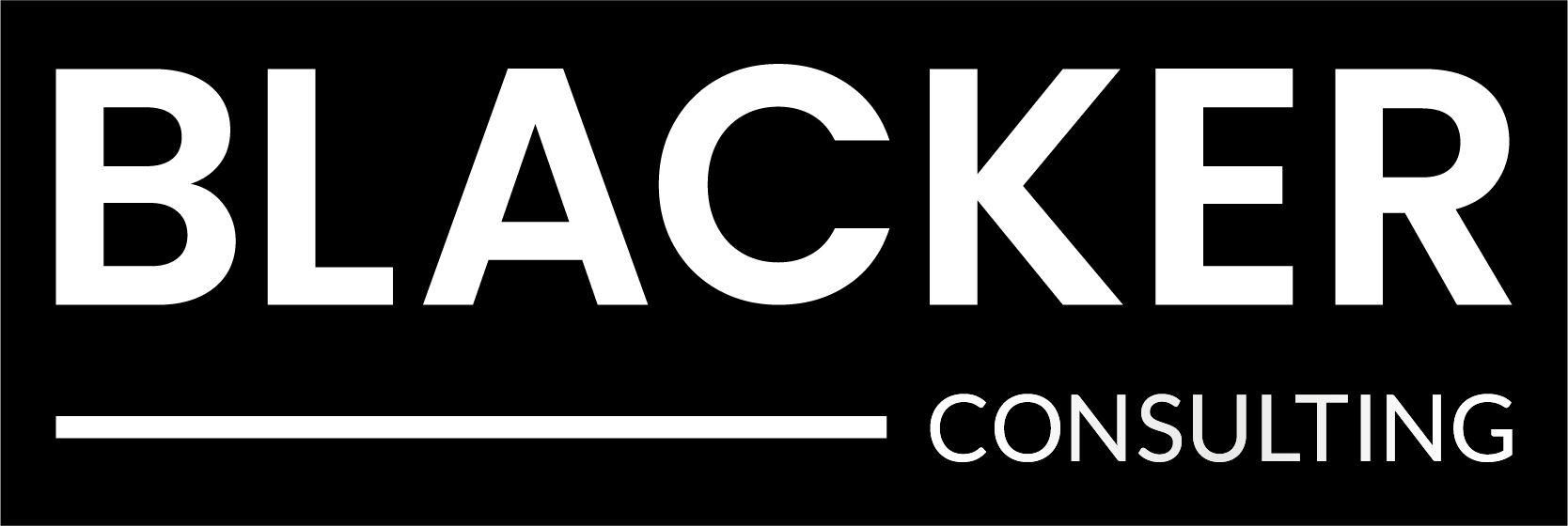Cash flow is the lifeblood of every business — but managing it well is one of the toughest challenges owners face. Ben Blacker, founder of Blacker Consulting, has spent decades helping Australian businesses master their cash cycles and position themselves for growth.
In this post, Ben shares insights from his work across industries like civil construction, mining services, and manufacturing, where timing is everything and funding delays can make or break a business.
Why Cash Flow Is Often Misunderstood
Cash flow isn’t just about income versus expenses. According to Ben, it’s about:
- Timing: When money comes in versus when bills are due
- Dependencies: How client payments, supplier terms, and equipment costs align
- Access to capital: Whether you can fund operations during lean months
“I’ve seen profitable businesses fail because they didn’t plan for cash flow gaps,” Ben says. “Cash flow is a strategy, not an afterthought.”
Common Mistakes Businesses Make
Ben outlines some of the most common mistakes he sees when reviewing cash flow:
- Over-relying on invoice payments without buffer funding
- Taking on contracts that exceed working capital limits
- Failing to finance equipment or seasonal needs
- Not reviewing terms with suppliers or clients regularly
Ben Blacker’s Top Tips for Better Cash Flow
Here are actionable strategies Ben uses with clients to stabilise and improve cash flow:
- Scenario planning: Model best and worst-case cash positions
- Flexible financing: Use lines of credit or invoice financing strategically
- Partner alignment: Ensure your accountant, broker, and financier are in sync
- Review every quarter: Don’t wait for a cash crisis
Real Results
One Blacker Consulting client in regional QLD — a civil contracting firm — was experiencing a seasonal cash shortfall that impacted payroll. After working with Ben, they introduced better debtor management and financing tools, resulting in a 40% improvement in cash flow stability over 6 months.

